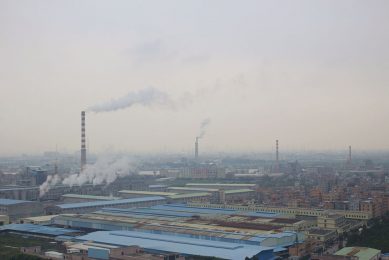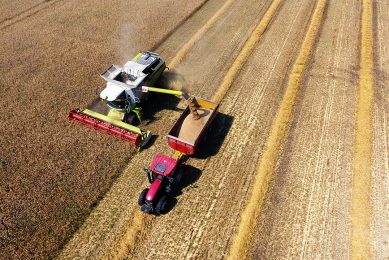Rabobank: Chinese corn imports will impact global grain industry
Chinese officials reported last week that China may not be able to remain self-sufficient in grain production. In the same week Rabobank published a report examining the impact on world grain markets if China becomes a major importer of corn.
This timely report titled ‘Looking for Delta’ examines the factors driving developments in grain, oilseed and protein markets in China, the Black Sea region, Russia, Brazil and India.
“The report examines what we consider to be the key macro factors affecting global agribusiness over the next three to five years,” says David Nelson, the Rabobank Food & Agribusiness research strategist who spearheaded the report.
“What we find is a combination of factors that will lead to higher and more volatile agricultural markets going forward.”
China starts to import corn
For the first time in 15 years China will import a meaningful amount of corn this year. “It is still official Chinese policy to be 95% self-sufficient in grain,” says Nelson.
“Which contrasts sharply with the dramatic rise in their soybean imports, from negligible levels in the late 1990s to over 50 million tonnes this year. In this context, we believe China’s recent imports of corn raise some interesting questions.”
The report examines several reasons why China may be starting to import corn, and challenges the US Department of Agriculture’s assumptions on the level of Chinese corn stocks.
“The order of magnitude of China’s potential need for corn imports is enormous, in the tens of millions of tonnes annually,” explains Nelson. “This could have significant implications for the industry globally.”
Room for growth in Black Sea Region
While the Black Sea region represents around 8% of world grain production, it accounted for 19% of the world’s production growth between 2000 and 2009.
Due to the amount of arable land available, the region has become the leading incremental producer of world grain. But infrastructure, storage and security problems make it a difficult operating environment. And then there’s the weather.
“The 2010 drought will severely impact grain exports from the Black Sea region for at least one year, and probably several more,” says Nelson. “As a result, companies that buy, sell and trade crop commodities will need to reconsider balance sheet management factors such as working capital and risk-management practices.”
India big in beef
India’s most prominent role in world agricultural trade is as an exporter of bovine meat, namely buffalo beef. India is now the fourth largest exporter of beef in the world.
“This product is different from beef from cattle, so we need to be careful in how directly we compare the two products. Nonetheless the large volume of buffalo beef being exported from India makes it an important factor in considering the global animal protein situation.”
The report also highlights the fact that India will shift from a soy meal exporter to an importer over the next few years, representing about a six million ton swing. “This has clear implications for the South American soy oil exporters and crushers,” says Nelson.
Research helps clients make decisions
“Our agribusiness clients are facing an operating environment of increased market volatility and higher prices for the next three to five years,” concludes David Nelson.
“In this challenging environment the cost of being wrong has gone up, but so have the benefits of being right. We hope that our report will help clients make sound business decisions in a changing world.”











